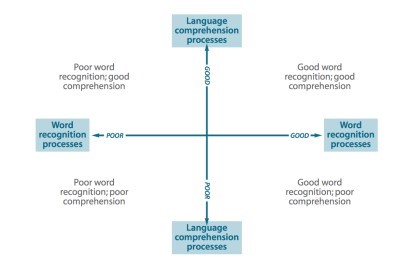Reading
The importance of developing children’s early reading skills and establishing a love of reading is essential. In order to grow confident and fluent readers, our teaching of reading has a strong phonics focus. As a school we use the Read, Write, Inc phonics programme across EYFS and KS1 as well as KS2 intervention groups. As part of differentiated groups, children have access to daily phonics sessions, which gives the pupils the tools to read and spell familiar and unfamiliar words independently. To further reinforce their learning, children have access to Read, Write, Inc texts for 1:1 and home reading. In addition to phonics, children have year group specific common exception words to read and spell. (See ‘Early Reading & Phonics Intent, Implementation & Impact’ document for further details)
In KS2, as decoding skills develop, children take part in planned daily whole class reading sessions as part of the Power of Reading programme (https://clpe.org.uk/books/power-of-reading/about). Teaching and learning here focuses on reading comprehension skills such retrieval, inference, author’s use of language and viewpoint, and provides a fantastic opportunity to ‘read like a writer’, building links between the different dimensions of English. Shared Reading sessions are planned in line with curriculum objectives and contribute to the teacher’s assessment of progress. Teachers regularly read with and assess pupils’ reading level and support children’s comprehension and guide appropriate book choice. Pupils are encouraged to independently select books (and update their own reading records in upper KS2) from a range of genres and authors for a balanced reading diet and help develop reading for pleasure.
Teachers are encouraged to consider the ‘Simple View of Reading’ (as seen in the diagram) to help assess and support children in developing both their word recognition and language comprehension skills to ensure all round reading success.

In addition to planned reading and phonics sessions and independent reading, children are exposed to stories and given opportunities to develop reading skills throughout the school. These include:
- Storytime (EYFS/KS1) and class novels (KS2)
- Access to book corners/reading areas in classrooms
- Borrowing books from the school library
- Visits to/from the local public library
- Bible stories delivered during Collective Worship
Writing
At St Mary’s we recognise that writing is a complex craft and are committed to supporting every child’s journey in becoming an independent, creative and fluent writer.
Our approach to the teaching and learning of writing ensures that children can learn, practise and embed essential skills as well as explore and make links between the different transcriptional and compositional elements. Through this holistic approach to planning, children have the opportunity to write for different audiences, purposes and contexts.
Across the school, high quality, engaging resources are used, including topics, text and film, as a stimulus for examples of fiction, non-fiction and poetry writing. Daily writing lessons cover the many skills needed to write at the age appropriate level. These lessons offer quality teaching of grammar, vocabulary, spelling, punctuation and handwriting as well as general composition skills such as planning and editing. English lessons are carefully planned to follow key objectives in a journey to best support children in a final piece of writing, completed at the end of a unit of work.
English planning is linked to a high-quality text across units of work in line with the National Curriculum and it ensures that pupils are given opportunities to be confident users of spoken language as part of the writing process.
Grammar is taught explicitly and is applied throughout English lessons relevant to the genre of writing pupils are working towards.
In EYFS and KS1, children are encouraged to use physical actions which can be ‘acted out’ as a sentence is being orally composed and rehearsed; this may include ‘Kung Fu’ punctuation actions. We expect high quality modelling of writing from all our teaching staff.
Spelling

At St Mary’s we use the scheme ‘Spelling Shed’ to deliver a sequenced and cohesive approach to spelling from Y2 – Y6. (The National Curriculum spelling requirements for EYFS and Year 1 are covered in our Read, Write, Inc Phonics scheme)
The scheme of work gives an organised progression through the Spelling and Grammar objectives outlined in the English National Curriculum.
Handwriting
At St Mary’s we are very proud of our pupil’s handwriting and take particular care in our handwriting style. We use Letter-join’s on-line handwriting resource and Lesson Planners as the basis of our handwriting policy as it covers all the requirements of the National Curriculum.
Objective
Handwriting is a basic skill that influences the quality of work throughout the curriculum. By the end of Key Stage 2 all pupils should have the ability to produce fluent, legible and, eventually, speedy joined-up handwriting, and to understand the different forms of handwriting used for different purposes.
Our intention is to make handwriting an automatic process that does not interfere with creative and mental thinking.
